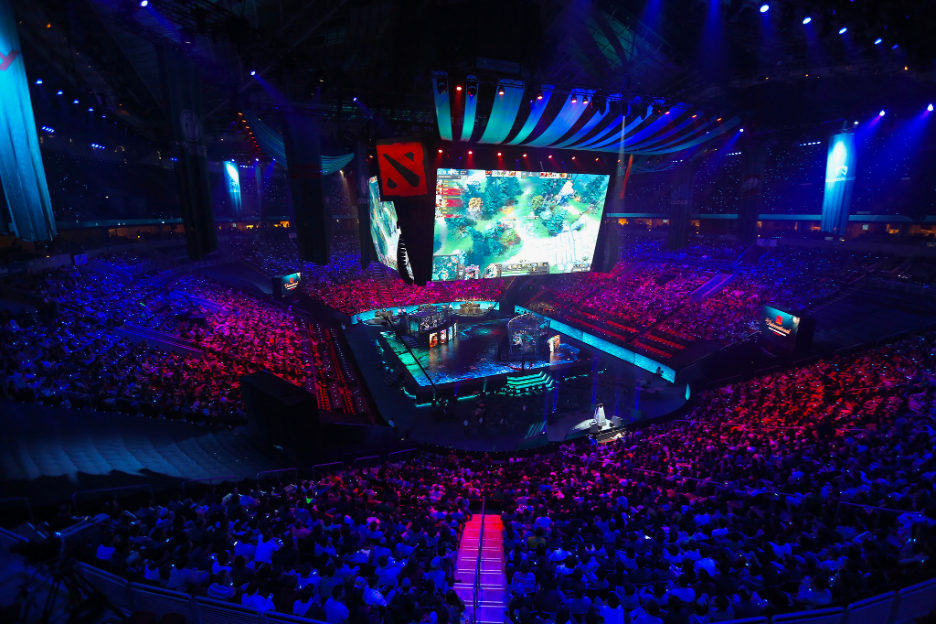The pandemic put a pause on professional sports worldwide for a moment before resuming with drastically reduced or even zero live audiences. The Tokyo Olympics were but a shadow of previous editions without the energy of the crowd.
But there has been at least one winner through this pandemic: Esports. Many fans of traditional sports have turned to watching esports to quench their thirst for competitive jousts.
It is a point well-noted by Kelly Ong, Chief Strategy Officer and co-owner of esports giant Alliance. In her role, she plans the company’s strategies for sponsorships, recruitment, budgeting, and so on.
“Currently, esports viewership (and prize pools) already overtake many traditional sports viewership except the biggest sporting events,” she said. According to Green Man Gaming, esports already has a larger audience than American football. In 2019, esports drew in 443 million global viewers, while American football and rugby combined attracted 410 million viewers.

Esports is also drawing in a younger crowd, as expected. A Limelight Networks 2020 survey of 4,500 gamers found that those aged 18 to 25 prefer watching esports online to watching sports.
However, Kelly also points out that esports is very much the new kid on the block. “For a true overtaking (of traditional sports), I think it might take a decade or even two, but I definitely see it possible. We can’t beat out sports because of the long traditional standing of sports, and personally I think many of us don’t want to. Actually, a lot of us who work in esports came from sports in some ways – and we all share the same red thread – the passion to compete and to be the best in the world at something.”
Esports is already ousting traditional sports in the money stakes. According to the Esports Observer, esports received a stunning US$1.95 billion in investment funding in 2019. The prize pool for esports is already larger than many sports – in 2017, The International’s pool of US$23 million dwarfed that of the Tour de France (US$2.52 million) and the US Open (US$10.25 million).

Revenues for global esports are also expected to reach almost US$1.1 billion this year, according to market researcher Newzoo.
Brands such as TikTok and Nike have come on board the esports train, and Kelly is excited at the prospect.
“I’m very excited to see all these brands entering esports – it proves more and more the concept and value of our industry. In some countries, esports has surpassed the entertainment industry when it comes to eyeballs. Digital experiences and digital culture are going to become a bigger and inevitable part of our future, which means digital sports will be here to stay.
“I see a strong tendency from big brands to stay with conservative methods such as footprint distribution (Bus stop/train/bus ads, radio/tv ads). Those are valuable for a certain demographic, but if you want to engage with the youth market, there is no better way than through us!”



